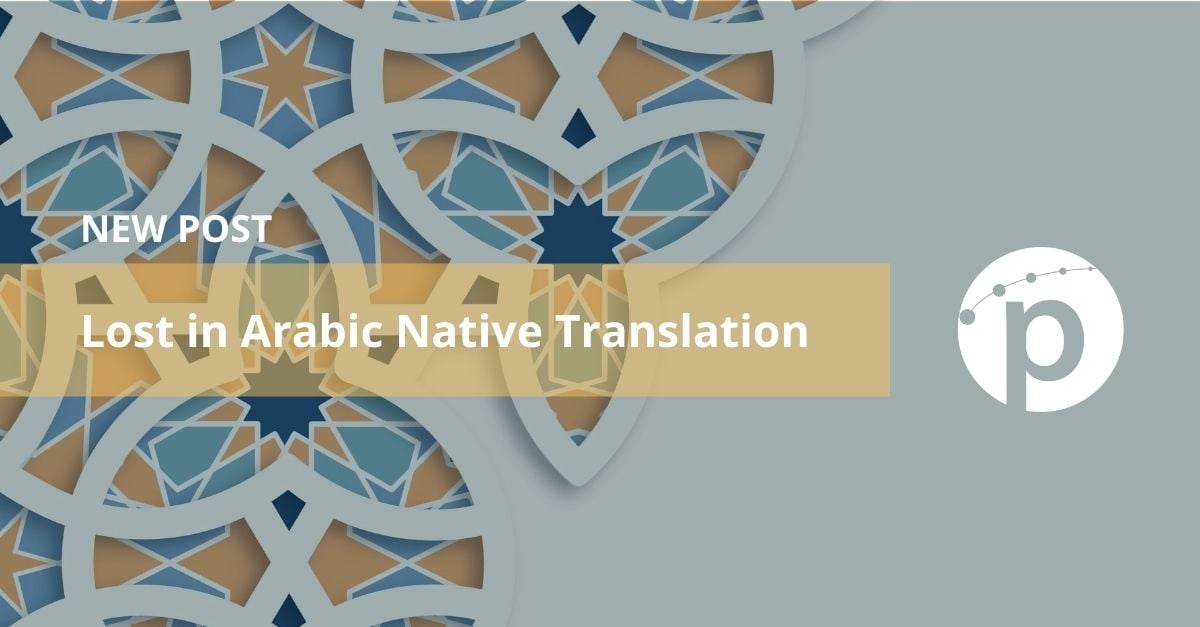Some of the most frequent questions we receive from our clients on a daily basis are: "which Arabic dialects do you translate into?" "what is your translator's native Arabic dialect?" "can you handle Gulf Arabic dialects for this particular project?"
Our clients targeting a specific Arabic country seek to hire an in-country translator who does not only have a perfect command of Arabic, but is also aware of the lexical and cultural nuances. Although genetically-related, "dialects" are subordinated to a national or standard language.
Considering any language variety constitutes a dialect, the definitions of "language" and "dialect" should not overlap. In this sense, the different speech patterns across the Arab world are not identified as independent languages and are in-turn not suited for translation purposes. This linguistic phenomenon is described by the term "diglossia".
Diglossia is a situation where two forms of a language coexist within a community. In addition to the everyday language variety, there is a highly codified variety that is used in formal settings. This language is not used for ordinary conversations and thus has no native speakers. Arabic is a Central Semitic language spoken in 22 countries that receive the umbrella term "the Arab League". As of 2018, around 420 million people use Arabic as a lingua franca across the Middle East and North of Africa. It is also the fifth most spoken language in the world after Mandarin Chinese, Spanish, English, and Hindi. With that being said, it is no surprise that translations into Arabic are a beneficial factor to grow your business.
With that in mind, we have prepared a brief illustration to help our clients make a distinction between the three types of Arabic:
- Classical Arabic: it is the official language of Quran and the liturgical language of Islam. It is also a literary language. During the first century of Islam, the majority of Arabic poets as well as writers used Classical Arabic as their mother tongue.
- Modern Standard Arabic: it is the direct descendant of literary Arabic. This form of Arabic is considered a high-prestige language and dominates printed material, official documents and non-entertainment content in the Arab world. The differences between Classical Arabic and Modern Standard Arabic boil down to modernisation and simplification.
- Arabic local dialects: it is the non-standard form of Arabic and can sometimes be mutually unintelligible. This dialect continuum has evolved based on social, political, cultural and historical considerations. Paired with diglossia, it has rewarded Arabic with an immense vocabulary.
Although there is a tendency to use Arabic dialects in written form in this day and age, especially on social media and forums, we strongly recommend our clients to translate into Modern Standard Arabic. The aim was to establish a middle-ground solution by straying from the archaic style of Classical Arabic and the lackluster nature of Arabic local dialects. This made way to Modern Standard Arabic being the internationally accepted form of Arabic.
Thanks to this, we are able to give those who are lost in Arabic translation the best of both worlds!



.png?width=130&name=Los%20datos%20pueden%20hablar%20con%20la%20gente%20(3).png)